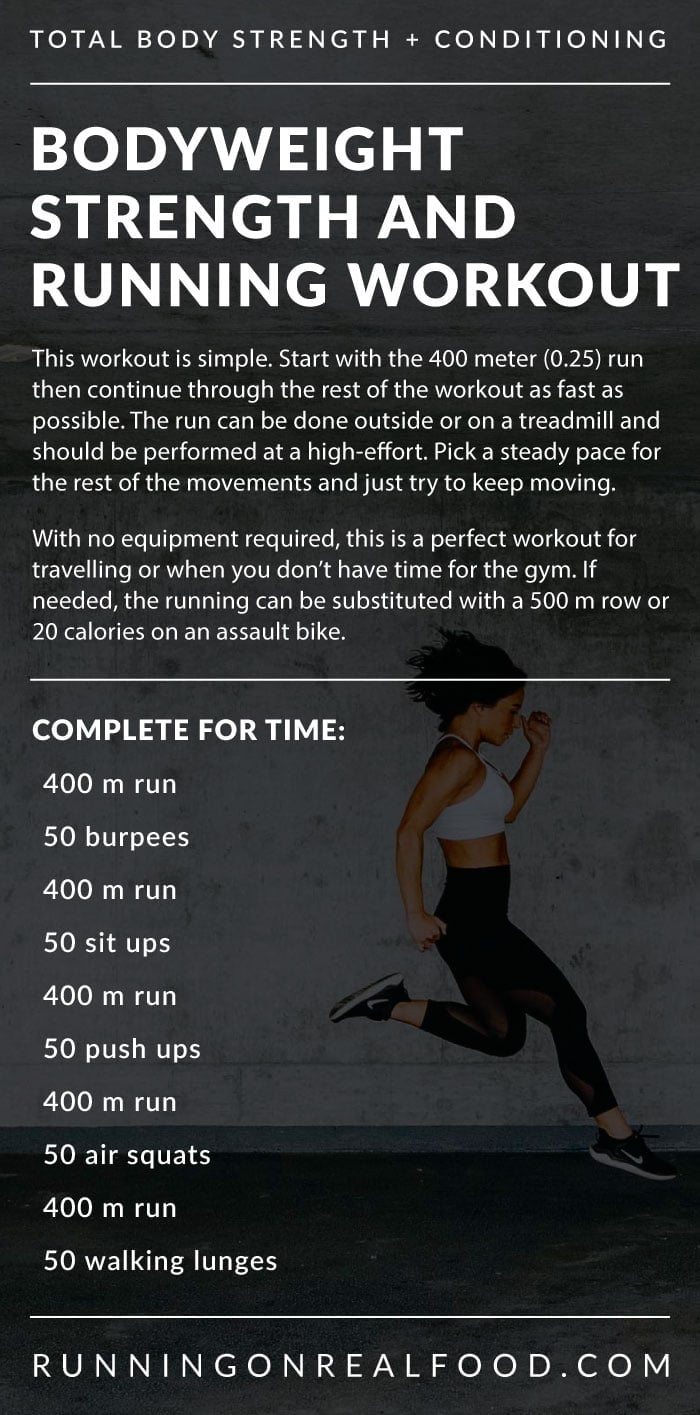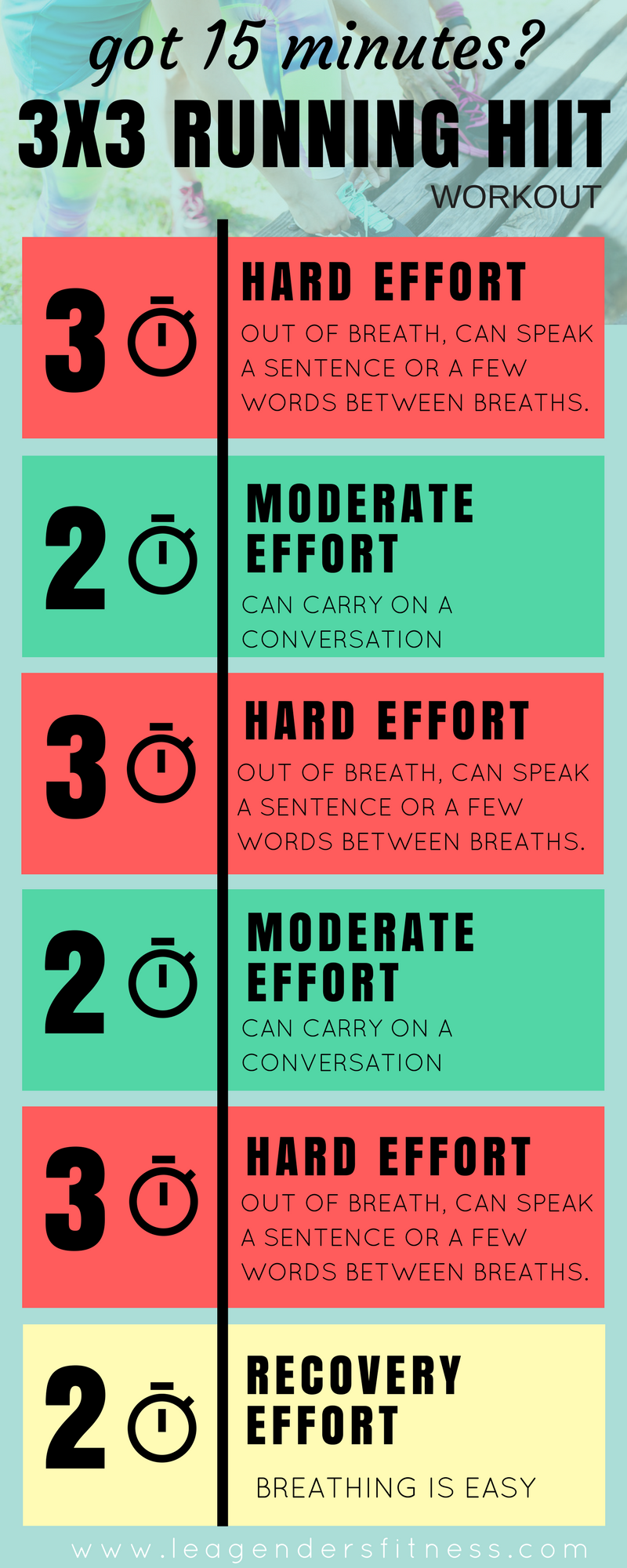Turbocharge Your Runs: Unlock Your Potential with Strategic Running Workouts
Turbocharge Your Runs: Unlock Your Potential with Strategic Running Workouts
Blog Article
Getting Over Pain in Operating: Approaches and Strategies That Work
Pain is a common friend for numerous joggers, usually serving as an obstacle to achieving their preferred objectives. With the right techniques and methods, it is feasible to overcome and even avoid the discomfort connected with running. By discovering various methods such as comprehending the various sorts of running pain, optimizing footwear and form, incorporating cross-training and stamina workouts, applying reliable recuperation approaches, and keeping correct nourishment and hydration, joggers can possibly alleviate their discomfort and improve their general running experience.
Comprehending Various Sorts Of Running Pain

Another kind of running pain is joint discomfort, which can materialize as a sharp or achy discomfort in locations such as the knees, hips, or ankle joints (running strategy). Joint pain might be brought on by aspects like improper running form, overuse, or underlying conditions like arthritis (try this). It is necessary to distinguish between muscle mass soreness and joint discomfort, as the latter may need clinical interest to avoid more injury
Comprehending the different types of running discomfort is critical for effective monitoring and avoidance methods to ensure a secure and pleasurable running experience.
Appropriate Shoes and Running Kind
To maximize efficiency and lower the danger of running-related injuries, selecting ideal shoes and preserving appropriate running form are important parts for joggers of all degrees. Appropriate footwear plays a crucial role in giving assistance, cushioning, security, and protection for the feet and reduced limbs. It is recommended to pick running shoes that are specifically made for the person's foot type, running stride, and the sort of running task they participate in. Obtaining fitted for footwear at a specialized running store can aid guarantee the right fit and assistance.

Cross-Training and Stamina Exercises
Engaging in cross-training and integrating stamina workouts into a running routine can dramatically enhance general efficiency and reduce the likelihood of injuries. Cross-training, such as cycling or swimming, aids enhance cardio physical fitness while giving running muscle mass a break from recurring effect. It likewise assists enhance various muscle mass teams, leading to much better overall body conditioning. Stamina exercises, like squats, lunges, and core exercises, play a critical function in supporting muscular tissues and boosting running efficiency. They can remedy muscle mass discrepancies, enhance dexterity, and increase power output, every one of which are essential for running performance.
Integrating cross-training and stamina exercises right into a running regimen must be done purposefully. It is very important to enable for ample rest between running sessions and cross-training tasks to avoid overuse injuries. Furthermore, focusing on proper type and method during stamina workouts is crucial to optimizing their benefits and reducing the risk of injury. By integrating these aspects right into a running regimen, joggers can build a stronger structure, improve performance, and take pleasure in an extra sustainable running experience.
Recuperation and Relax Techniques
Having established the importance of cross-training and strength exercises in a thorough running routine, attention can currently be directed in the direction of Recovery and Rest Strategies as important elements for maximizing performance and reducing the threat of injuries. (running workout)
Recovery after running is important for muscular tissue repair work and development. Techniques such as foam rolling, extending, and massage therapy help in decreasing muscle mass pain and improving flexibility. Ample remainder in between runs allows the body to recover and adapt to the physical stress and anxiety, protecting against overuse injuries.
Including active recovery days into a training routine, where low-intensity tasks like strolling or cycling are executed, can enhance blood circulation and promote healing without placing excess stress on the muscles. Furthermore, appropriate hydration and nourishment play a vital function in the healing procedure by renewing shed fluids and nutrients.
Quality rest is another essential element of recovery that should not be ignored. Throughout sleep, the body goes through repair and regrowth procedures, adding to total physical and psychological health. By focusing on healing and remainder methods, runners can maintain optimum performance levels and lower the chance of experiencing discomfort or injuries.
Nourishment and Hydration for Runners
Exactly how can runners optimize their efficiency via correct nourishment and hydration methods? Nutrition and hydration are important elements of a jogger's training regimen, playing an important duty in efficiency, endurance, and recuperation. To enhance performance, joggers should concentrate on eating a well-balanced diet plan that includes carbs, proteins, healthy and balanced fats, vitamins, and minerals. Carbs offer energy for running, while proteins help in muscle repair service and healing. Healthy fats sustain total health and wellness and assistance in taking in vital nutrients. Sufficient hydration is also vital to maintain ideal efficiency, as also moderate dehydration can negatively influence running efficiency. Joggers need to consume water before, throughout, and after their go to stay hydrated. Electrolytes, such as salt and potassium, are likewise essential for maintaining fluid balance and muscular tissue feature - running workout. Continued Furthermore, timing dishes and treats appropriately before runs can aid avoid intestinal discomfort and provide the necessary power for peak performance. By paying focus to their nourishment and hydration, joggers can boost their endurance, quicken healing, and perform at their best.
Final Thought
To conclude, by understanding the different sorts of running pain, using correct shoes, maintaining correct running form, integrating cross-training and strength exercises, prioritizing healing and rest, and concentrating on nourishment and hydration, joggers can efficiently get rid of discomfort and boost their efficiency. Applying these approaches and techniques can assist joggers stop injuries, boost their endurance, and inevitably appreciate an extra meeting running experience.
Report this page